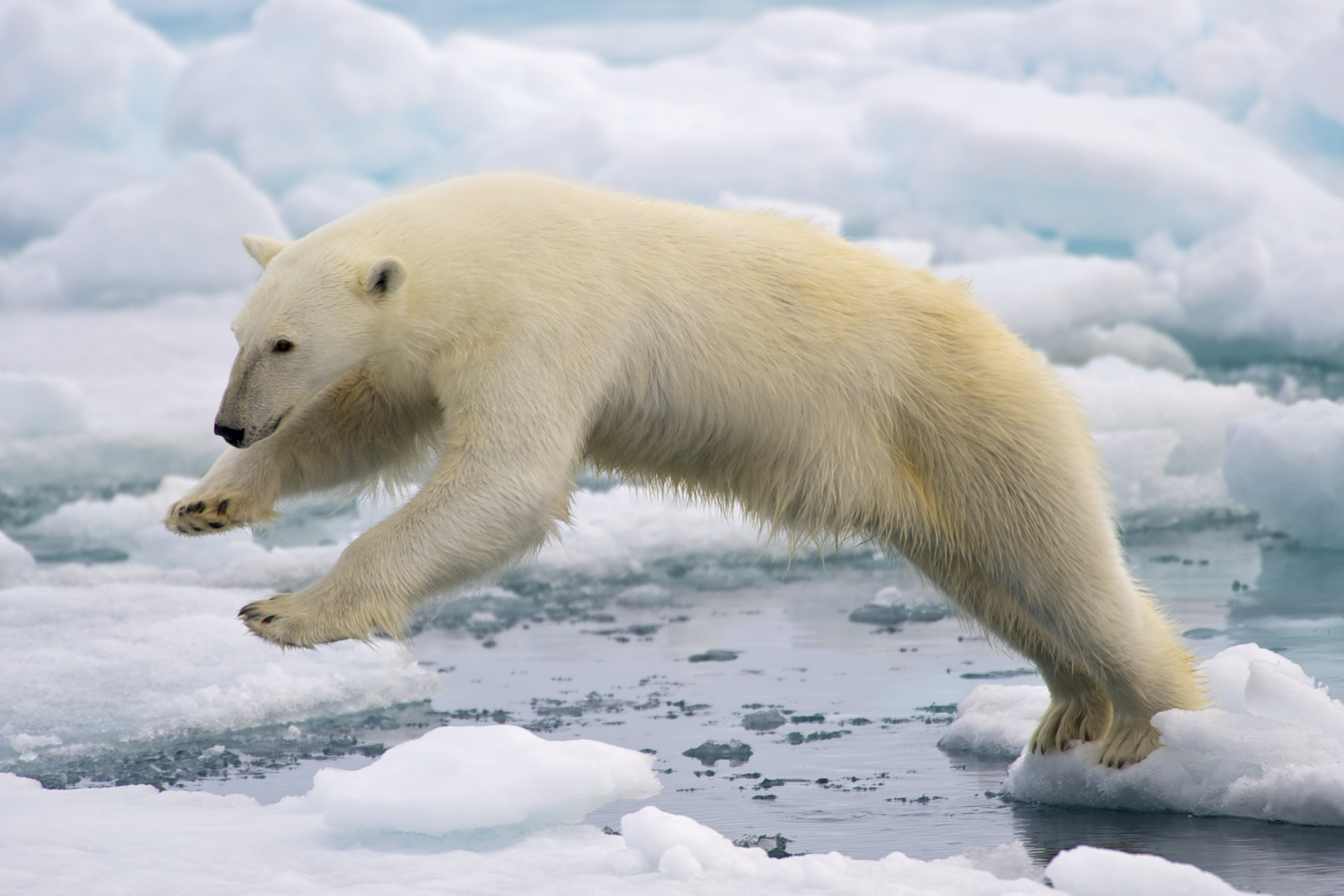Sunsettommy
Diamond Member
- Mar 19, 2018
- 14,900
- 12,530
- 2,400
No Tricks Zone
New Research Finds Polar Bear Numbers Up 42% Since 2004 – Survival Rates Unaffected By Sea Ice Availability
By Kenneth Richard on 12. March 2018
SELECTED EXCERPT:
The native Inuit peoples who have lived in the Arctic and observed polar bear hunting practices for generations are apparently deserving of the “climate-change denier” moniker.
For that matter, the audacious scientists who risk the ire of the AGW gatekeepers to interview these community leaders and then publish their results in scientific journals apparently must be classified as “climate-change deniers” too.
Why? Because there appears to be widespread agreement among Inuit observers that polar bears are skilled swimmers who can catch seals in open water (and not just from sea ice surfaces). This observation wholly contradicts the “well established” and “overwhelming” scientific evidence identified in Harvey et al. (2017) that says polar bears can only catch seals from a sea ice platform.
“The [native populations’] view of polar bears as effective open-water hunters is not consistent with the Western scientific understanding that bears rely on the sea ice platform for catching prey (Stirling and McEwan, 1975; Smith, 1980). The implications of this disagreement are paramount, given that scientists suggest that the greatest threat to polar bears associated with a decrease in sea ice is a significant decrease in access to marine mammal prey (Stirling and Derocher, 1993; Derocher et al., 2004).” — Laforest et al., 2018
‘There’s Too Many Polar Bears Now’
Not only do the generational observations indicate that polar bears’ hunting practices are not duly harmed by sea ice reduction, but community participants consistently report thriving and growing polar bear populations — especially in recent years.
An extensive analysis by York et al. (2016), relying heavily on native reports, concluded that 12 of 13 Canadian Arctic sub-populations have been stable or growing in recent decades. Wong et al. (2017) recorded Inuit community members reporting “there’s too many polar bears now.”
Even aerial analysis has revealed stable to growing polar bear populations across wide swaths of the Arctic. Aars et al. (2017), for example, report that there is “no evidence” that reduced sea ice has led to a reduction in polar bear population size. To the contrary, these scientists found that polar bears living near the Barents Sea increased in number by 42% — from 685 to 973 — between 2004 and 2015.
LINK
=====
It is distressing that Polar Bears obstinately refuse to decline rapidly when the the Summer Sea ice did from 2007 .....

New Research Finds Polar Bear Numbers Up 42% Since 2004 – Survival Rates Unaffected By Sea Ice Availability
By Kenneth Richard on 12. March 2018
SELECTED EXCERPT:
The native Inuit peoples who have lived in the Arctic and observed polar bear hunting practices for generations are apparently deserving of the “climate-change denier” moniker.
For that matter, the audacious scientists who risk the ire of the AGW gatekeepers to interview these community leaders and then publish their results in scientific journals apparently must be classified as “climate-change deniers” too.
Why? Because there appears to be widespread agreement among Inuit observers that polar bears are skilled swimmers who can catch seals in open water (and not just from sea ice surfaces). This observation wholly contradicts the “well established” and “overwhelming” scientific evidence identified in Harvey et al. (2017) that says polar bears can only catch seals from a sea ice platform.
“The [native populations’] view of polar bears as effective open-water hunters is not consistent with the Western scientific understanding that bears rely on the sea ice platform for catching prey (Stirling and McEwan, 1975; Smith, 1980). The implications of this disagreement are paramount, given that scientists suggest that the greatest threat to polar bears associated with a decrease in sea ice is a significant decrease in access to marine mammal prey (Stirling and Derocher, 1993; Derocher et al., 2004).” — Laforest et al., 2018
‘There’s Too Many Polar Bears Now’
Not only do the generational observations indicate that polar bears’ hunting practices are not duly harmed by sea ice reduction, but community participants consistently report thriving and growing polar bear populations — especially in recent years.
An extensive analysis by York et al. (2016), relying heavily on native reports, concluded that 12 of 13 Canadian Arctic sub-populations have been stable or growing in recent decades. Wong et al. (2017) recorded Inuit community members reporting “there’s too many polar bears now.”
Even aerial analysis has revealed stable to growing polar bear populations across wide swaths of the Arctic. Aars et al. (2017), for example, report that there is “no evidence” that reduced sea ice has led to a reduction in polar bear population size. To the contrary, these scientists found that polar bears living near the Barents Sea increased in number by 42% — from 685 to 973 — between 2004 and 2015.
LINK
=====
It is distressing that Polar Bears obstinately refuse to decline rapidly when the the Summer Sea ice did from 2007 .....







